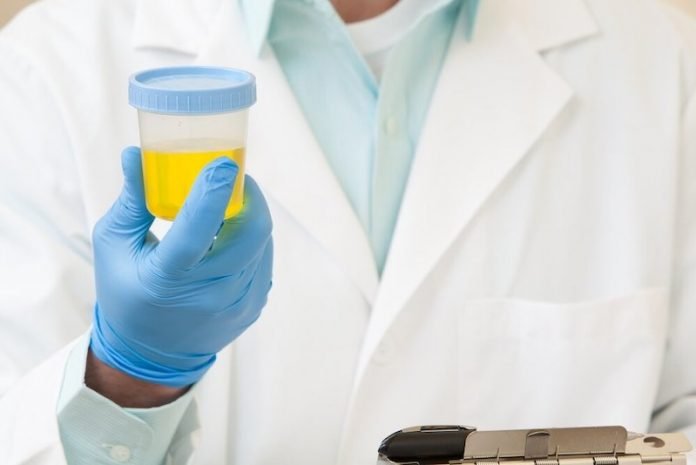
In a new study, researchers have made new discoveries that could lead to more effective treatments for urinary tract infections (UTIs).
The research was conducted by a team from the University of Queensland and the University of Utah.
UTIs are one of the most common bacterial infections. They’re a major burden on global healthcare.
Previous research has shown about 25% of women who suffer UTI will experience recurrent UTI within six months of initial infection.
It’s a problem magnified by increasing antibiotic resistance—antibiotic treatments can sometimes just stop working on these patients, with dire results.
In the study, the team followed a long-term recurrent UTI sufferer, using genetic analysis to find out whether the infection came from a single bacterial ‘reservoir’ in the body.
The patient has suffered from recurring UTIs for 45 years, since 1974. The longest period she can recall being UTI-free is nine months.
The team found that during that time she’s taken almost every type of antibiotic and the same bacteria has been able to survive and escape treatment, even when the patient used some of the strongest antibiotics.
The research team isolated E. coli from the patient’s urine during repeat infections and determined its entire DNA sequence.
These E. coli were the same as those that caused the recurring UTI, proving that the woman had a persistent reservoir of E. coli residing in her intestine—the source of her infections.
The finding shows that bacteria can reside in the intestine for very long periods and cause recurring UTIs, despite antibiotic treatment.
The team now considers using antibiotics that will not just treat the UTI in the bladder, but also eliminate the infection reservoir in the intestine that seeds recurrent infection of the bladder.
The team says when a patient suffered a UTI episode, a fecal sample could determine if the infecting strain also resided in the intestine, by combining bacterial culture with genome sequencing technology.
One author of the study is Professor Mark Schembri from UQ’s School of Chemistry and Molecular Biosciences.
The study is published in Nature Communications.
Copyright © 2019 Knowridge Science Report. All rights reserved.



